You’ve likely seen pictures of video or the trains in Tokyo stuffed past capacity, office workers nearly spilling out of the doors during the morning and evening rush. With nearly 10% of all of Japan’s population residing in the single city of Tokyo, it’s easy to imagine how such a population dense place would have crowded public transport during the peak commute time.
If you’re visiting Tokyo for the first time, you might notice that despite the crazy crowds, rush hour is relatively well managed. This is due to the train etiquette that most everyone in the city observes. While these rules of etiquette are generally accepted around the country, they come in handy most in the populous cities. Checking these out before you go will make moving about and getting to your destination far easier.
At the station…
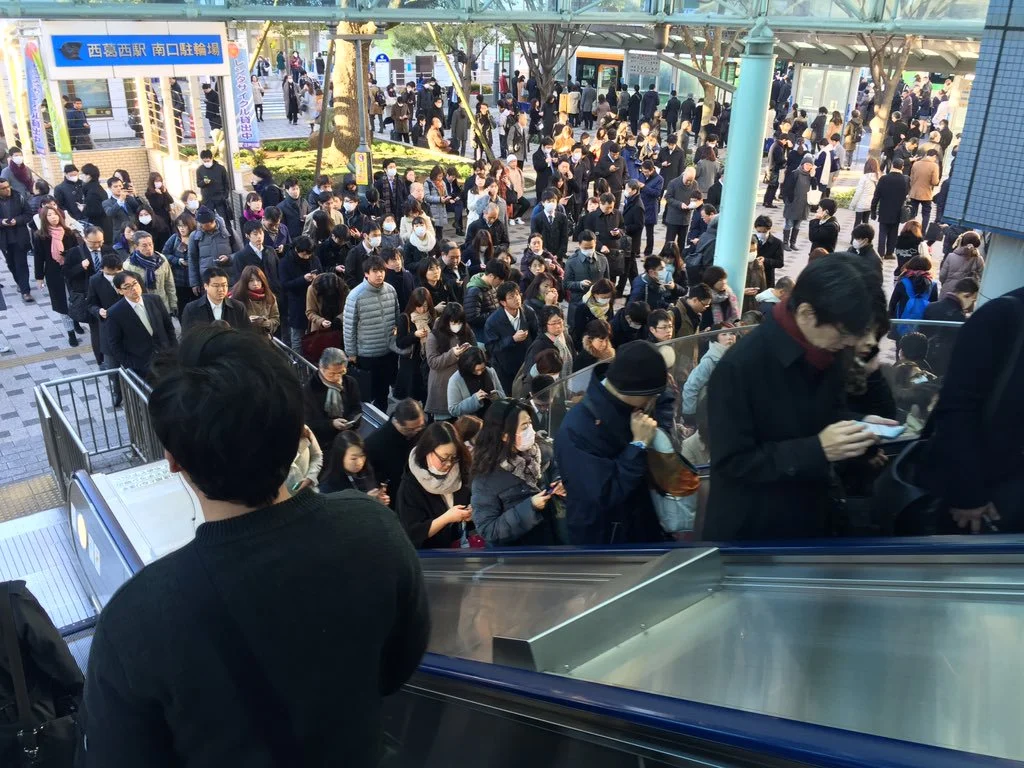
High traffic stations such as Tokyo Station, Shibuya, Shinjuku, or Osaka station swarm like beehives, especially at peak time. In order to make sure you can navigate around smoothly prepare with the following.
1. Make sure your IC Card is charged and have your card/ticket out
If you don’t have enough money on your card to cover the minimum fare for the line you’re boarding, you’ll have the little gates shut and a red no-go sign will appear on individual gate display. When you’ve got a long line of people behind you, having to turn around and shuffle through the crowd can make for a real hassle. And as your approach the turnstile, have your card at the ready! It’s so easy to get pushed about close to the ticket gates. If you need a moment to search through your bag, pull off to the side so you have a little breathing space.
Japan Pocket Wifi Rental
UNLIMTED DATA SIM CARD
Japan Travel Prepaid SIM card
When boarding and getting off the train…
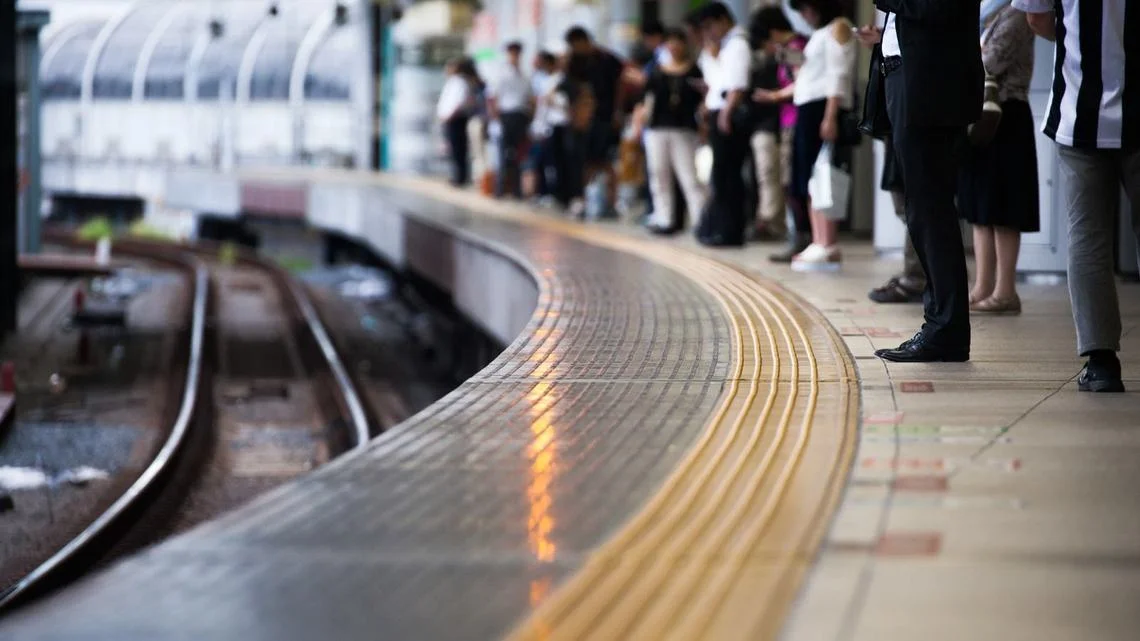
4. Find a Place in Line
Most stations will have markings on the home platforms for where to line up for boarding. People will generally stand in line as they wait, and move to the side of the doors to wait for everyone who is getting off to exit before boarding. Cutting in front of others is seen as rude in this situation, so try to pay attention to where the wait lines begin.
When inside the train…
5. Wait Until Your’re out to Eat and Drink
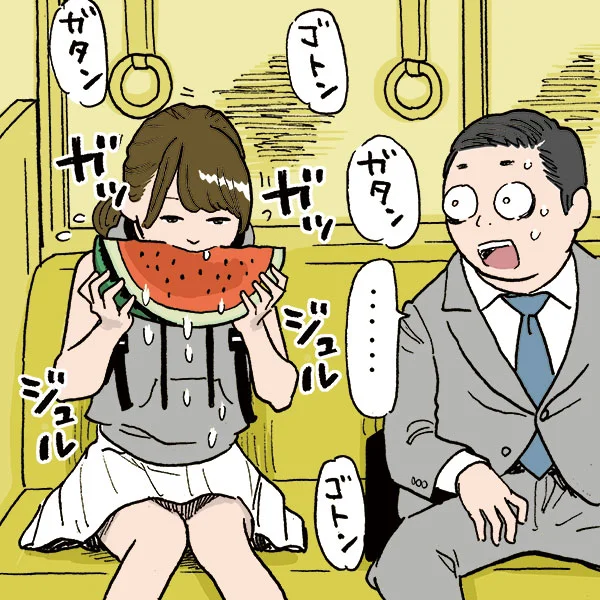
You’ll notice that inside trains, generally no one eats, and drinking is kept to a minimum (bottled drinks when you really need it). With the trains packed and occasionally swaying, you can imagine how eating or drinking in the swerving car could make for a real mess.
6. Hold off on making phone calls
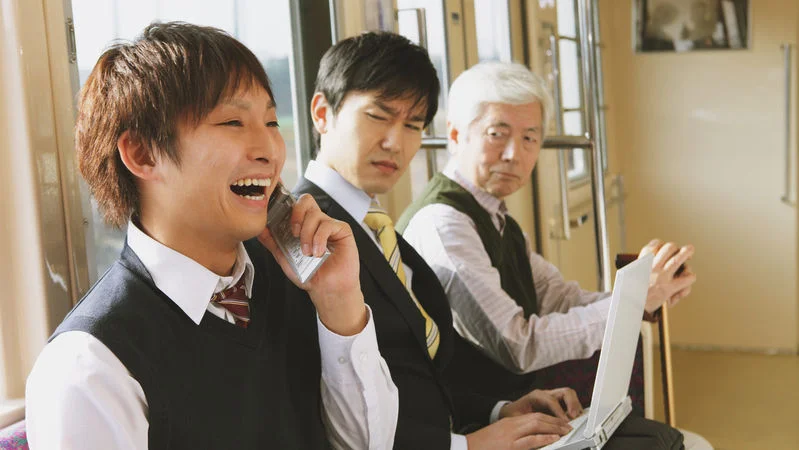
Try not to talk on phones inside the train cars. If you have an important call to make, hop off to take it on the home platform. You’ll also see posters inside the train explaining that cell signals can actually interfere with pacemakers, which can pose health risks for elderly folks. Another reason for this is that many people have long commutes to work, and want to rest and relax as much as possible without a lot of noise. Keep voices to a reasonable volume when in the train chatting with friends.
7. Hold your bags close to you to keep things compact
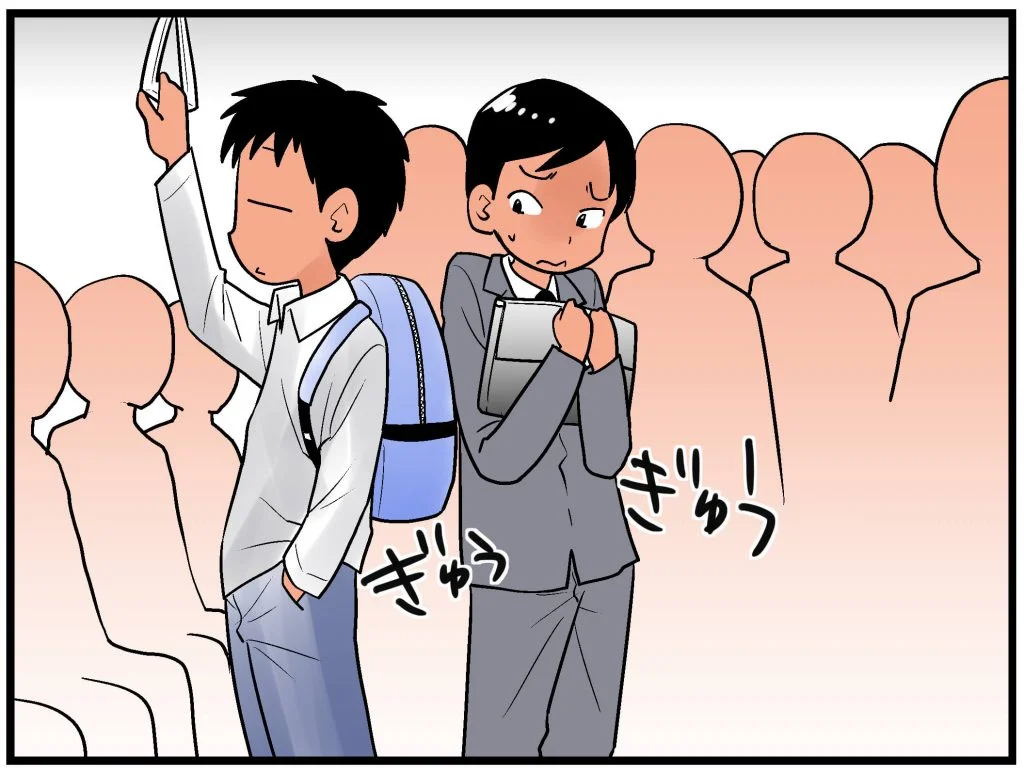
It may sound silly, but it makes a difference! When it’s crowded, take off backpacks and hold large bags directly in front of you to avoid accidentally hitting people. In addition, don’t put bags on empty seats if there’s someone who could use it.
8. Offer seats to those who need it
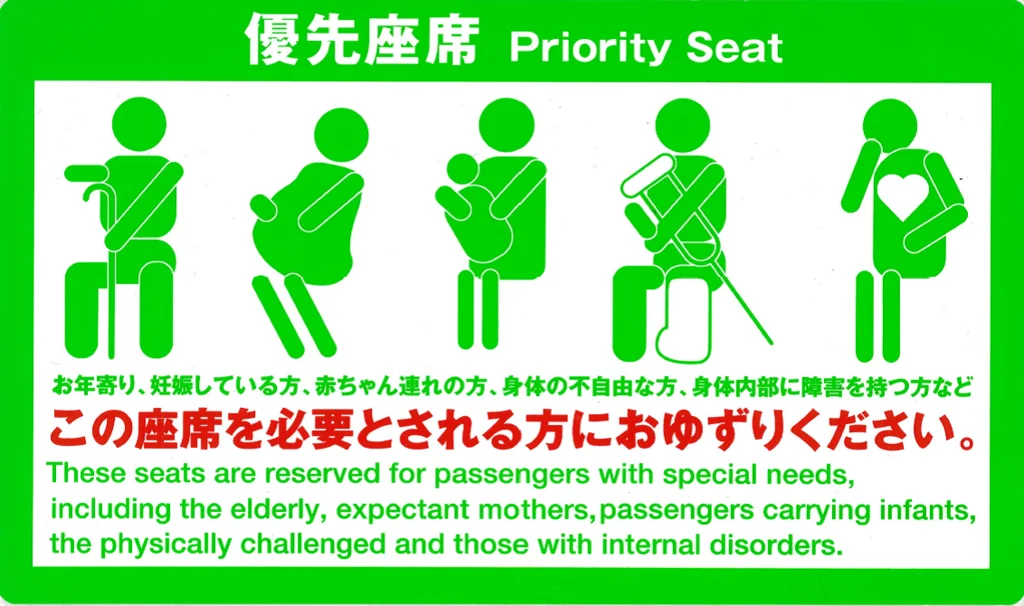
For the general seats, feel free to sit anywhere, but it is nice to offer your seat to someone who looks like they need it. Make sure if you do sit in the Priority Seats, unless you fall under the groups specified (if you are pregnant, elderly, have an injury, are travelling with small children, or have special needs), you’re ready to give it up to someone who does fall under those categories. People will truly appreciate you offering them a place to seat, so don’t be shy.
9. During rush hour, only board the priority train cars if it applies to you
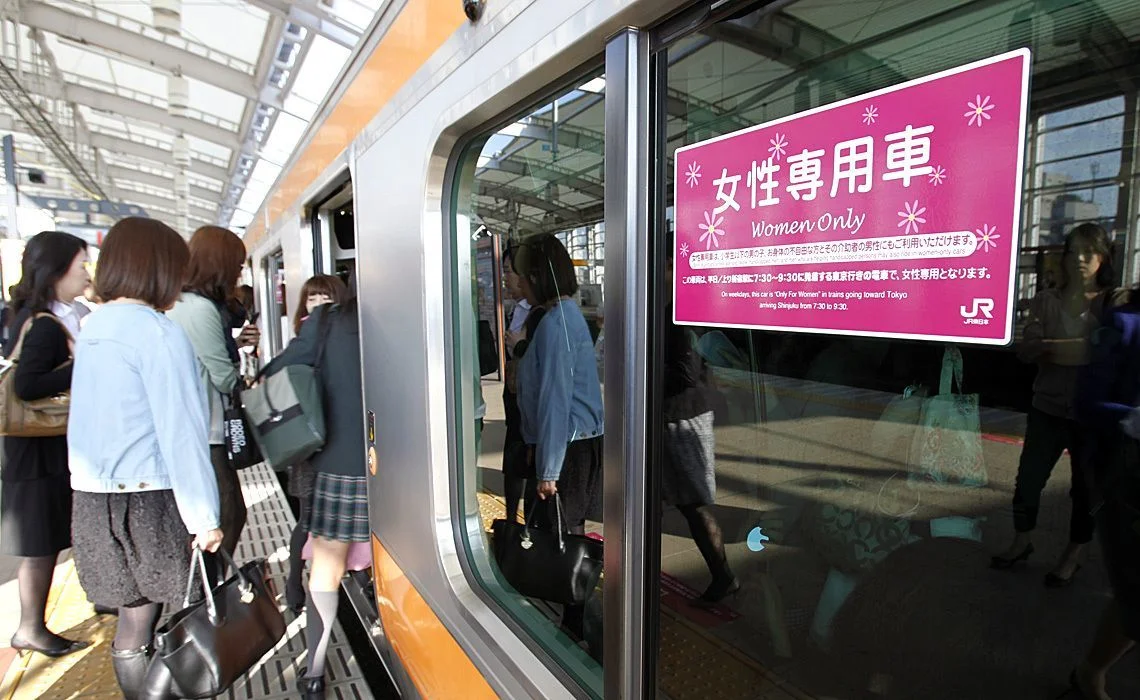
Known as ‘women-only cars,’ many train lines run cars limited to certain passengers, including women, the elderly and young children, during rush hour. Still debated as to whether or not they should continue, the invent of the cars has roots in complaints of sexual harassment in crowded cars where it became difficult to pinpoint the offender. However, accepting the elderly and young children in priority cars has expanded the purpose to generally preventing people more vulnerable in the crowded trains from getting squished.
Having a general idea about all these things will make getting around Japan easier and help you blend into the local scene. Returning visitors, share with us your interesting train stories!
Japan Pocket Wifi Rental
UNLIMTED DATA SIM CARD
Japan Travel Prepaid SIM card






